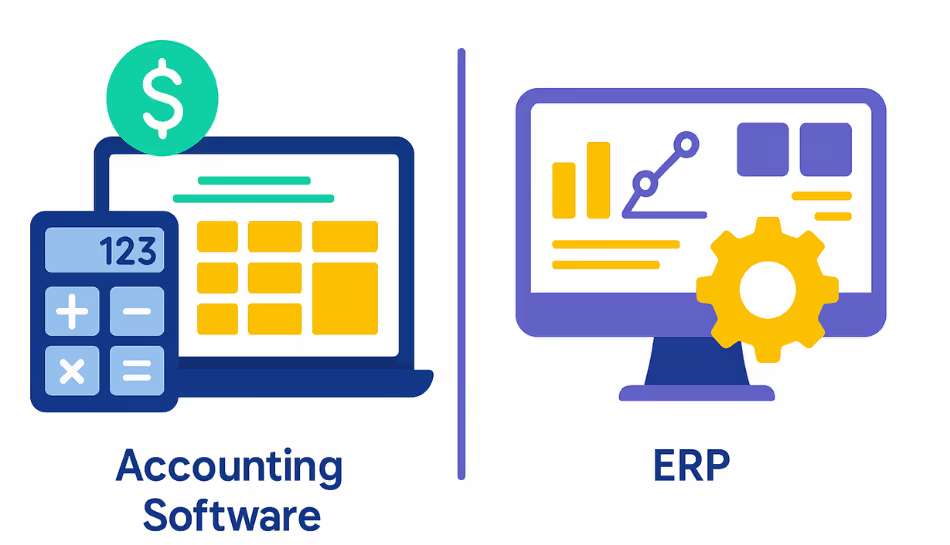
The Indian Accounting Standards (IND AS) are a set of accounting principles and guidelines that bring Indian companies' financial reporting in line with global standards. Introduced by the Ministry of Corporate Affairs (MCA), IND AS aims to improve transparency, comparability, and credibility in financial statements, especially for companies seeking to attract global investment.
But when exactly do these standards apply, and who needs to follow them? Let’s break it down.
What Is IND AS?
IND AS stands for Indian Accounting Standards, which are converged with International Financial Reporting Standards (IFRS). While they are not a copy of IFRS, they follow a similar framework with some modifications tailored to Indian laws and business practices. These standards are designed to ensure uniformity in how companies record, present, and disclose their financial information.
Why Are IND AS Important?
Before IND AS, companies in India followed different accounting rules under the Indian Generally Accepted Accounting Principles (IGAAP). While functional, IGAAP lacked consistency with international standards, making it harder for investors and analysts to compare Indian companies with their global counterparts. IND AS bridges that gap by bringing transparency and international consistency to financial reporting.
General Applicability of IND AS
The application of IND AS is not universal for all businesses. It depends on the type of company and the size of its financials. Here's a simplified explanation of how it works:
- Mandatory for Listed and Large Unlisted Companies
- All listed companies in India (on any stock exchange) must follow IND AS.
- Unlisted companies with a net worth of ₹250 crore or more are also required to adopt IND AS.
This has been applicable in a phased manner since 2016, starting with larger companies and gradually including smaller ones within the threshold.
- Voluntary Adoption
Any company (regardless of size or listing status) can voluntarily adopt IND AS, provided they stick with it once adopted. This means if a smaller company wants to standardize its accounting practices for investor confidence or future expansion, it can move to IND AS early.
IND AS Applicability on NBFCs
One of the most significant sectors impacted by IND AS adoption is Non-Banking Financial Companies (NBFCs). These companies handle financial transactions but do not hold a banking license, think of housing finance firms, leasing companies, and microfinance institutions.
Here’s how IND AS applies to NBFCs:
- NBFCs With Net Worth of ₹500 Crore or More
As of the fiscal year beginning April 1, 2018, NBFCs in this category are required to adhere to IND AS. This includes both standalone and consolidated financial statements. - NBFCs With Net Worth Between ₹250–500 Crore
These companies were required to adopt IND AS from April 1, 2019. - Exceptions
NBFCs engaged in core investment activities, or those that don’t meet the size threshold, are not required to follow IND AS unless they opt in voluntarily or become part of a group (such as a holding or subsidiary) that is already following it.
What Does IND AS Change for Businesses?
Switching to IND AS impacts various aspects of financial reporting, such as:
- Revenue recognition: Not only when money is received, but also when control is transferred, income is recorded.
- Financial instruments: Fair valuation is required, which may result in different profit numbers than under traditional standards.
- Lease accounting: Leases are brought on balance sheets, affecting assets and liabilities.
- Consolidation rules: These become stricter under IND AS.
Final Thoughts
IND AS adoption is a critical step for businesses wanting to present more accurate and globally comparable financials. For large companies, especially NBFCs, compliance is not just mandatory, it's essential for growth, funding, and investor confidence.
If your business is approaching the applicability threshold or planning to scale up, understanding IND AS today will help avoid compliance shocks tomorrow. For NBFCs, in particular, aligning with IND AS isn’t just about ticking a regulatory checkbox, it’s about building credibility and long-term value in a highly competitive financial ecosystem.

